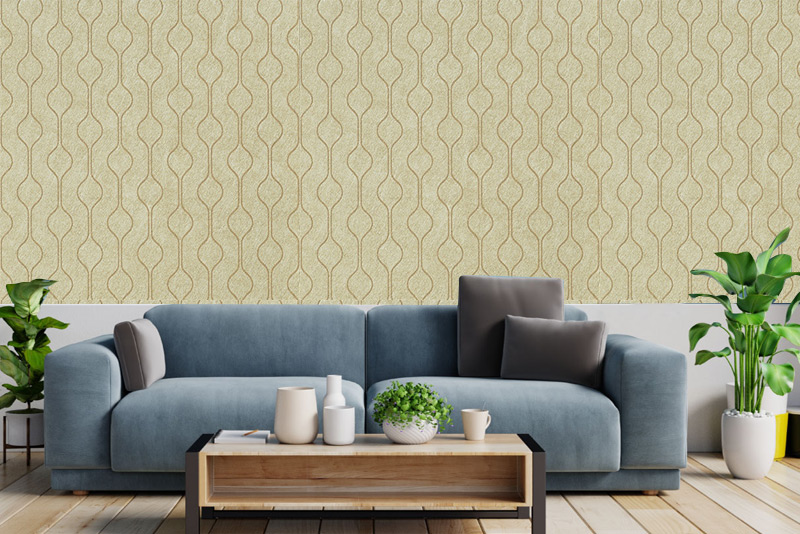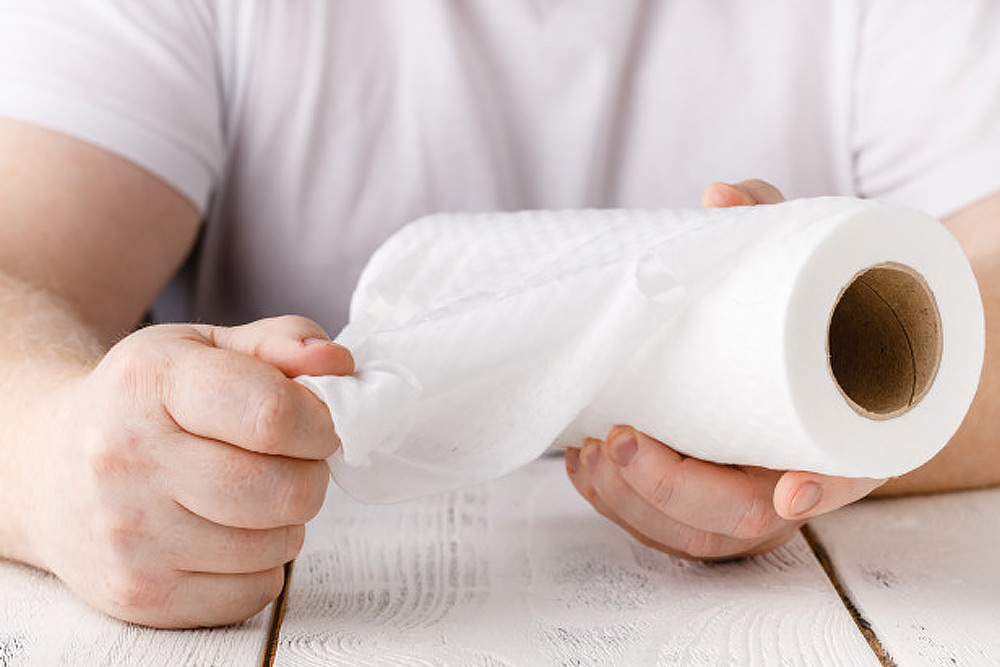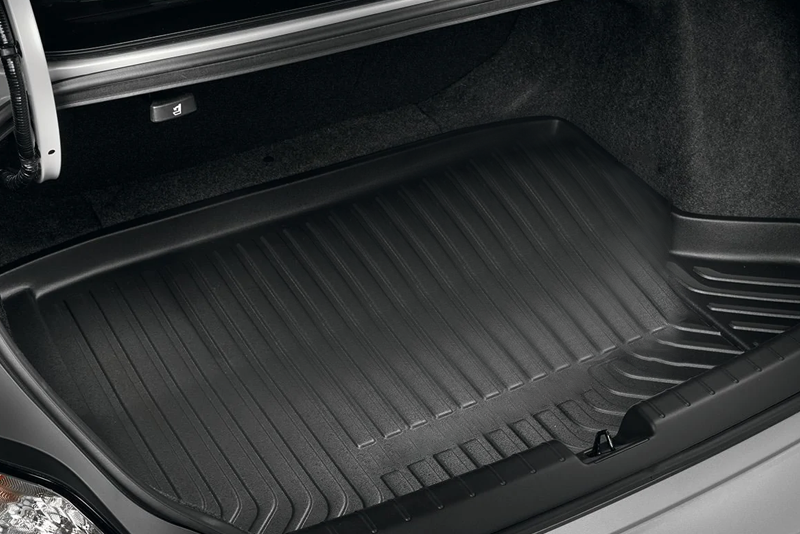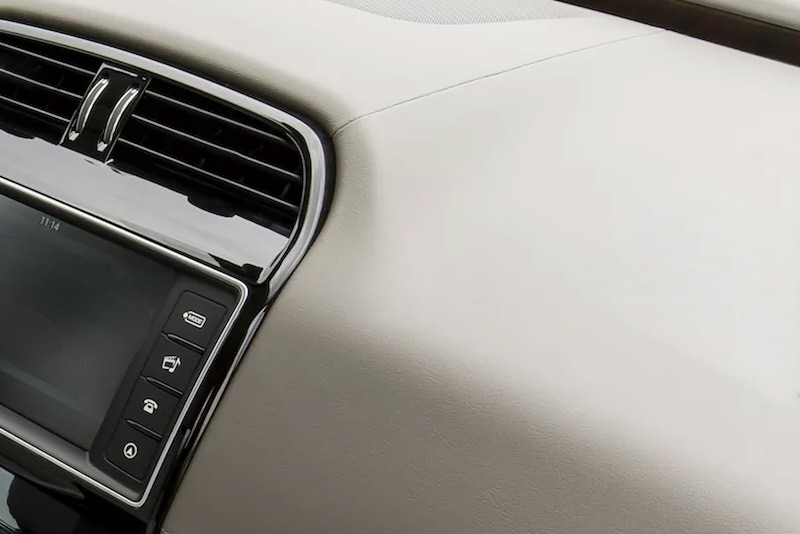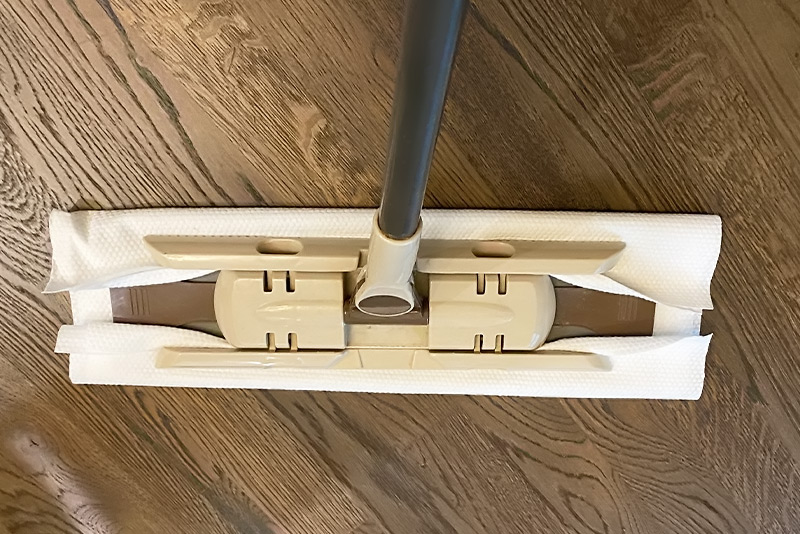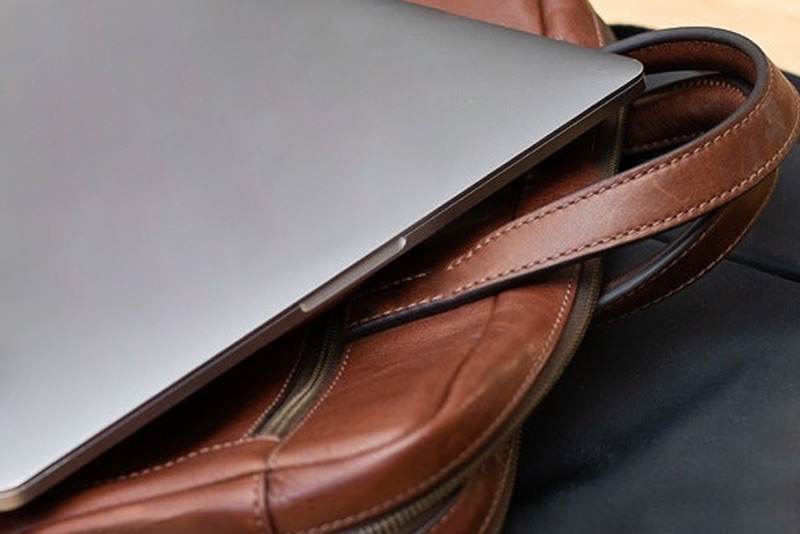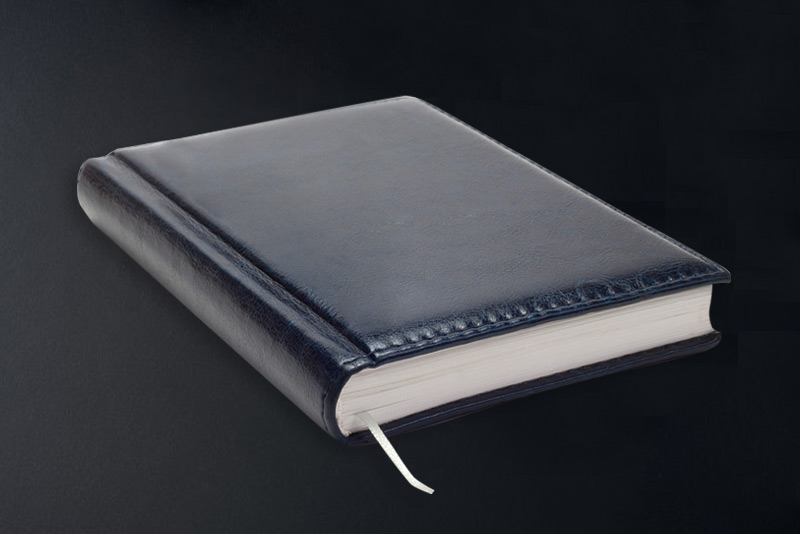The effectiveness of the waterproofing of nonwoven fabric depends on several factors, including the materials used in its construction, the manufacturing process, and any additional treatments or coatings applied to the fabric. Here are some key considerations regarding the effectiveness of waterproof nonwoven fabric:
Material Composition: The choice of materials used to create the nonwoven fabric plays a significant role in its waterproofing capabilities. Synthetic fibers such as polypropylene, polyester, or nylon are often used in nonwoven fabrics due to their inherent resistance to water absorption.
Manufacturing Process: The method used to manufacture nonwoven fabric can influence its waterproofing properties. Fabrics produced using techniques such as meltblown, spunbond, or needle punching may have different levels of waterproofing based on the density and arrangement of the fibers.
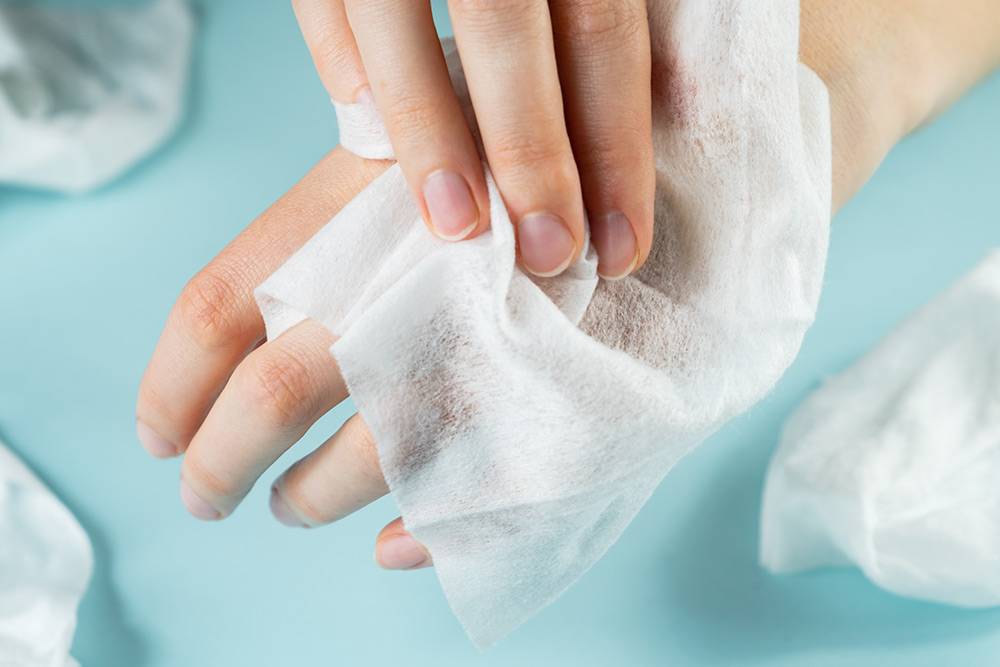
Waterproofing Treatments: Many nonwoven fabrics undergo additional treatments or coatings to enhance their waterproofing capabilities. These treatments may include the application of waterproofing agents, laminates, or coatings that create a barrier against moisture penetration.
Seams and Stitching: The effectiveness of waterproof nonwoven fabric can be compromised by seams, stitching, or other points of potential water ingress. Proper seam sealing techniques or the use of waterproof tapes can help maintain the integrity of the fabric's waterproofing.
Testing and Certification: Some manufacturers may subject their waterproof nonwoven fabric to standardized testing methods to assess its waterproofing performance. These tests may include measures of water resistance, hydrostatic pressure, and durability under simulated weather conditions.
Environmental Factors: The performance of waterproof nonwoven fabric can be affected by environmental factors such as temperature extremes, exposure to UV radiation, and prolonged exposure to moisture. Over time, these factors may degrade the fabric's waterproofing capabilities.
The effectiveness of waterproof nonwoven fabric can vary based on these factors. It's essential to consider the intended application, environmental conditions, and quality of the fabric when evaluating its waterproofing performance. Additionally, regular maintenance and proper care can help preserve the waterproofing properties of the fabric over time.


 English
English 简体中文
简体中文 日本語
日本語

